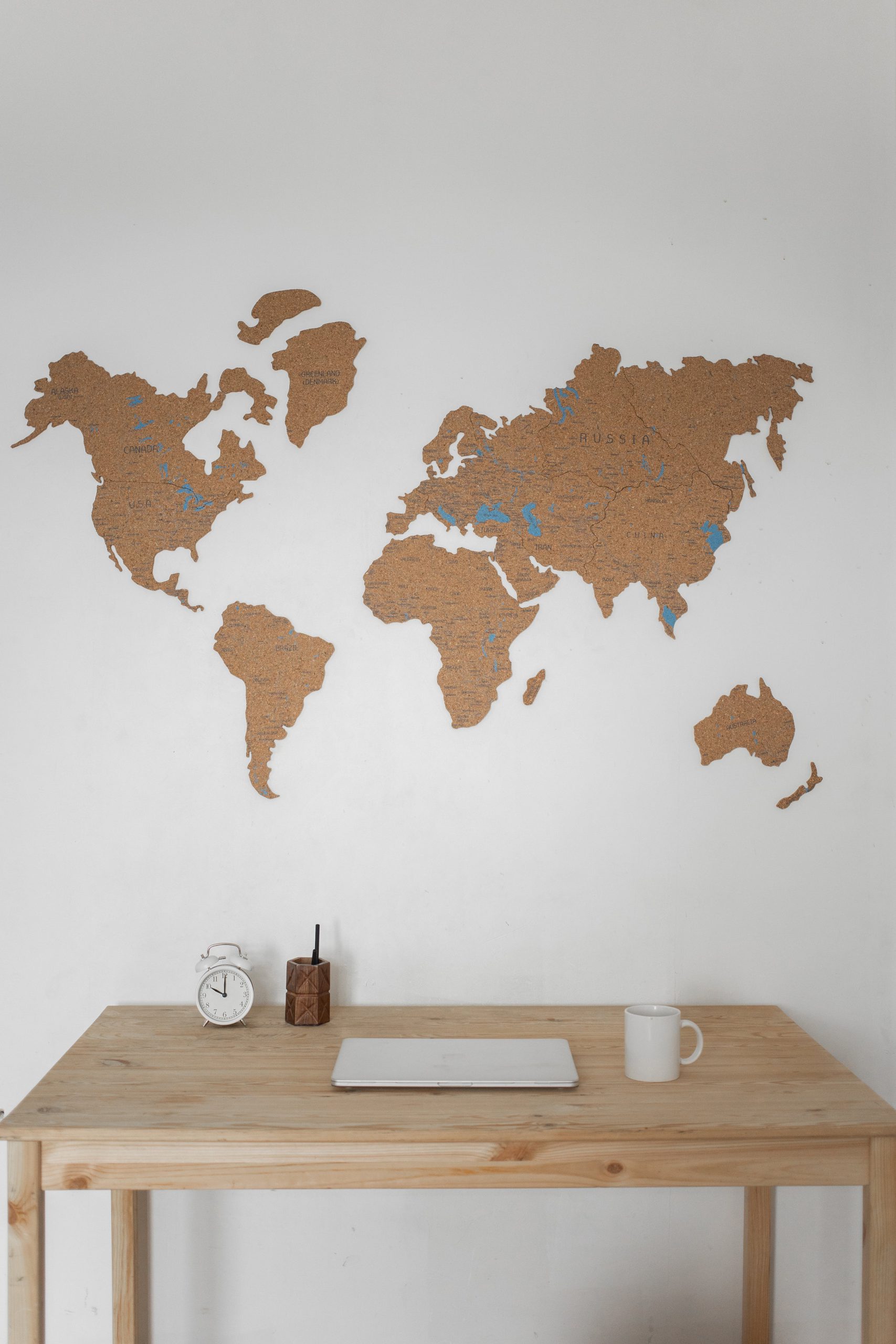Effects of geographic location on marble quality we can’t ignore because Marble, with its exquisite beauty and timeless appeal, has been a prized material in architecture and design for centuries. However, not all Marble is created equal. The quality of Marble can vary significantly depending on where it is quarried. From Italy’s majestic mountains to Iran’s rugged landscapes, each geographical region imparts unique characteristics to the Marble it produces.
Factors Affecting Marble Quality
Marble quality is influenced by many factors, encompassing climate, geological formations, and mineral composition. Let’s delve into how each of these elements shapes the distinctive characteristics of Marble.
Applications and features of construction marble
1-The Significant Impact of Climate on Marble Characteristics
The climate of a region plays a multifaceted role in shaping the distinct qualities of Marble, influencing everything from its coloration to its veining patterns and overall texture. In areas with warmer climates, where temperatures are consistently higher, Marble tends to develop warmer tones with softer, more subtle veining. This is due to the geological processes influenced by prolonged exposure to heat, which affects the composition of minerals within the Marble. On the other hand, Marble quarried from cooler climates, where temperatures are lower, often exhibits cooler tones with more pronounced veining, reflecting the geological conditions of its environment.
Moreover, variations in temperature and humidity levels throughout the year also contribute to the characteristics of Marble. Fluctuations in these environmental factors impact the density and porosity of the Marble, affecting its overall durability and suitability for different applications. For instance, Marble sourced from regions with higher humidity levels may have a higher porosity, making it more susceptible to staining and weathering. Conversely, Marble from areas with lower humidity levels may have a denser structure, enhancing its resistance to external elements and increasing longevity.
Understanding these climatic influences is crucial for architects, designers, and homeowners when selecting Marble for various projects. Considering the region’s climate where Marble is quarried, they can make informed decisions that align with their aesthetic preferences and functional requirements. Recognizing the intricate relationship between climate and marble characteristics allows a deeper appreciation of the natural processes that shape this exquisite material. Through this lens, Marble emerges as a symbol of beauty and luxury and a testament to the dynamic interplay between nature’s elements.
2-The Impact of Geological Formations and Mineral Composition on Marble Quality
The geological formations and mineral composition of the region where Marble is sourced hold profound implications for its overall quality and characteristics. Marble, originating from limestone undergoing metamorphism, undergoes a transformative journey influenced by specific minerals within the limestone matrix. These minerals intricately shape the color palette, veining patterns, and overall appearance of the Marble, contributing to its unique aesthetic appeal.
Moreover, the geological processes that unfold over millions of years in diverse regions leave an indelible mark on the composition and texture of the Marble. Through the forces of heat, pressure, and chemical reactions, limestone undergoes metamorphic changes, giving rise to the exquisite material we know as Marble. The variations in geological conditions across different regions result in Marble with distinct compositions and textures, ranging from the classic white elegance of Carrara marble to the rich, crystalline structure of Greek Marble.
By delving into the geological formations and mineral content of the regions where Marble is quarried, we gain insight into the intricate processes that shape this prized natural stone. Understanding these geological influences allows us to appreciate the diverse range of Marble available and make informed choices when selecting this timeless material for architectural and design projects.

What is the best marble for flooring?
Conclusion
In conclusion, the geographic location where Marble is quarried profoundly impacts its quality and characteristics. Various factors contribute to Marble’s unique appearance and durability in different regions, from the climate and geological formations to the mineral content. By understanding these factors, architects, designers, and homeowners can make informed decisions when selecting Marble for their projects.

 Marble
Marble